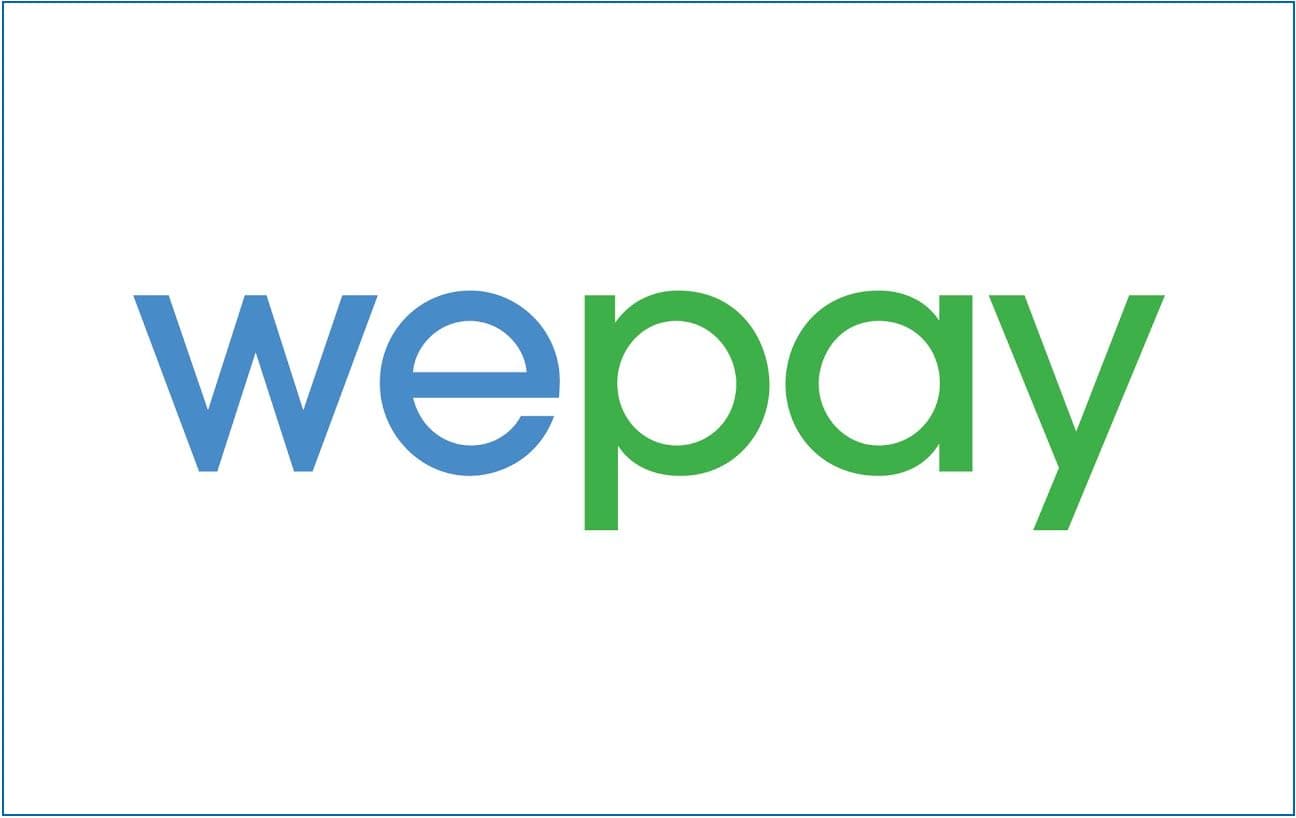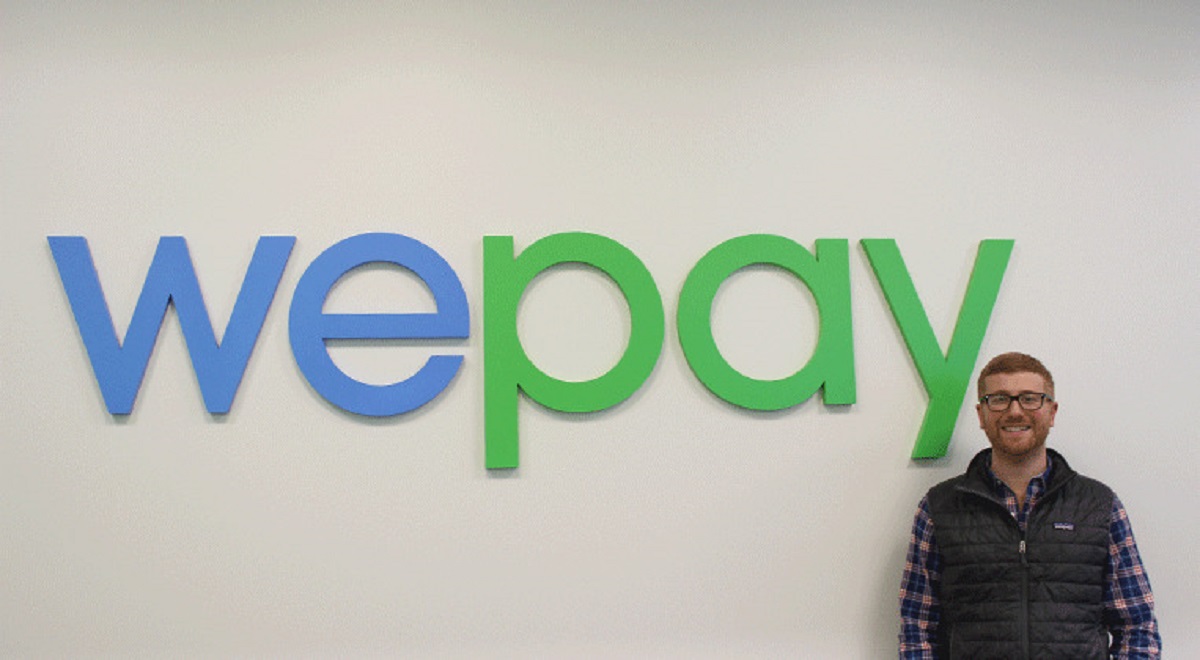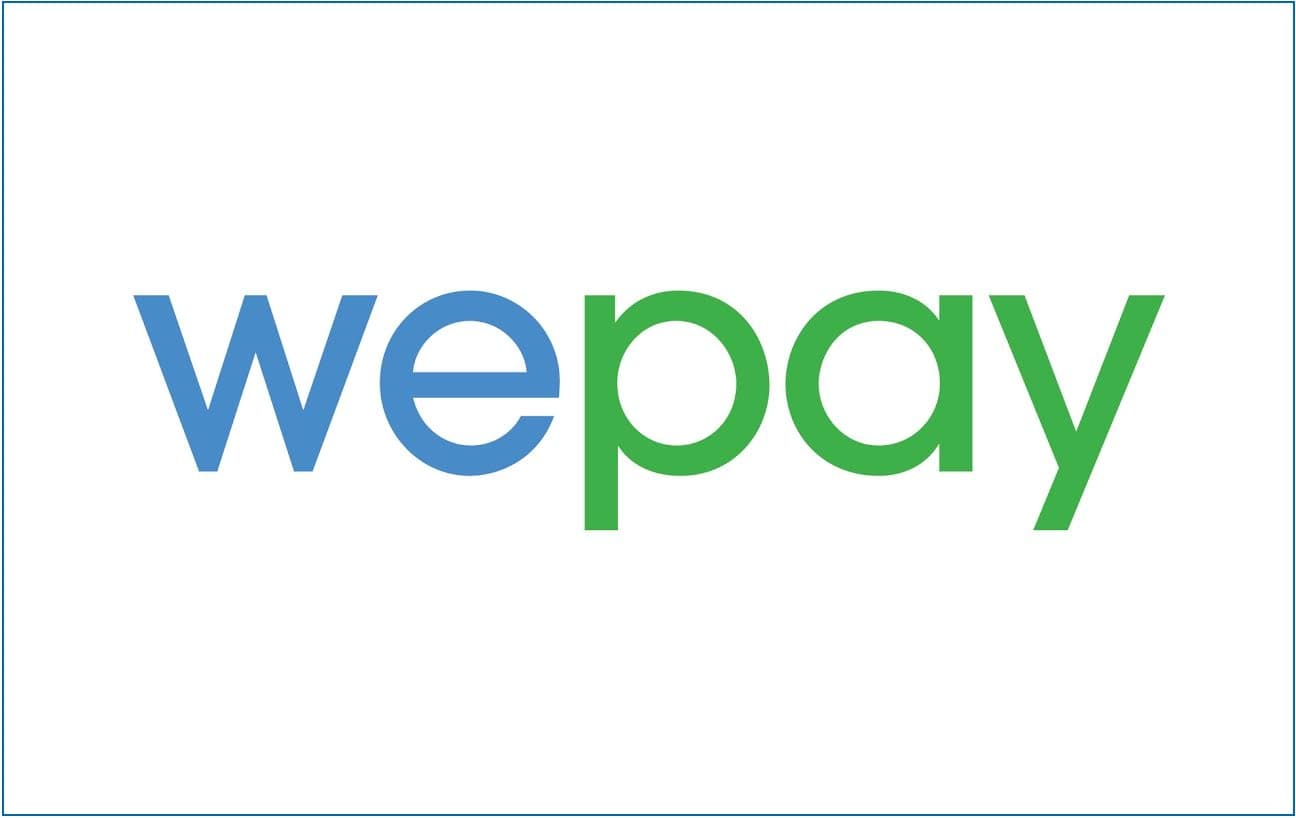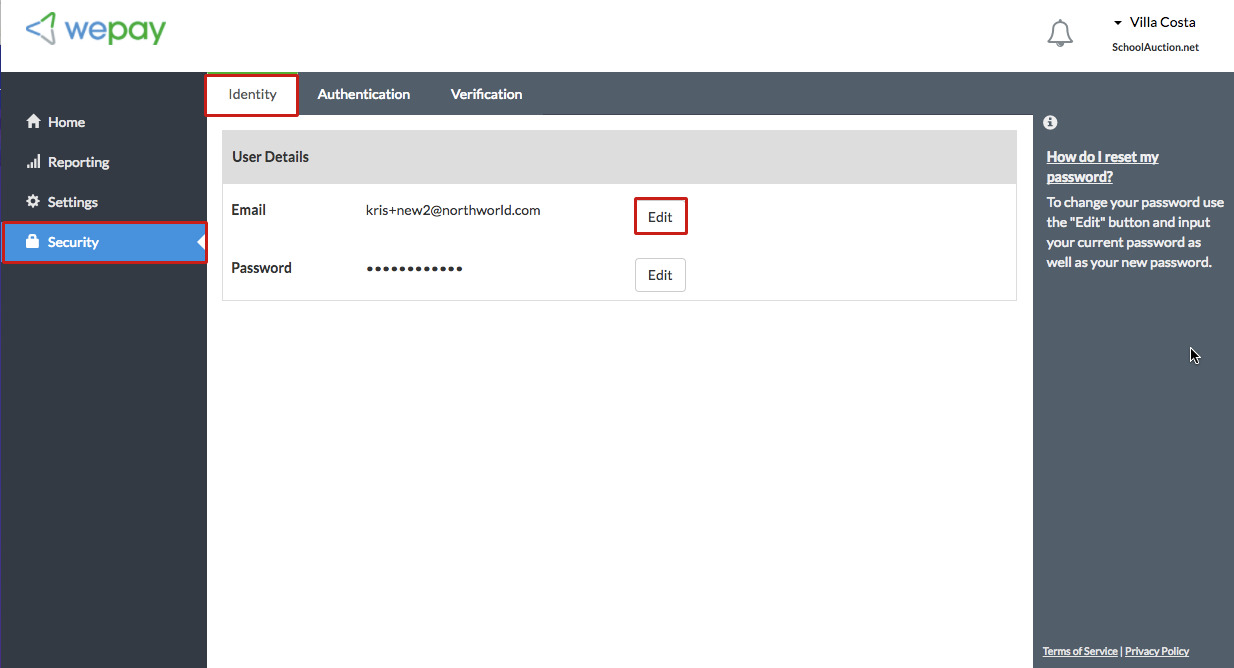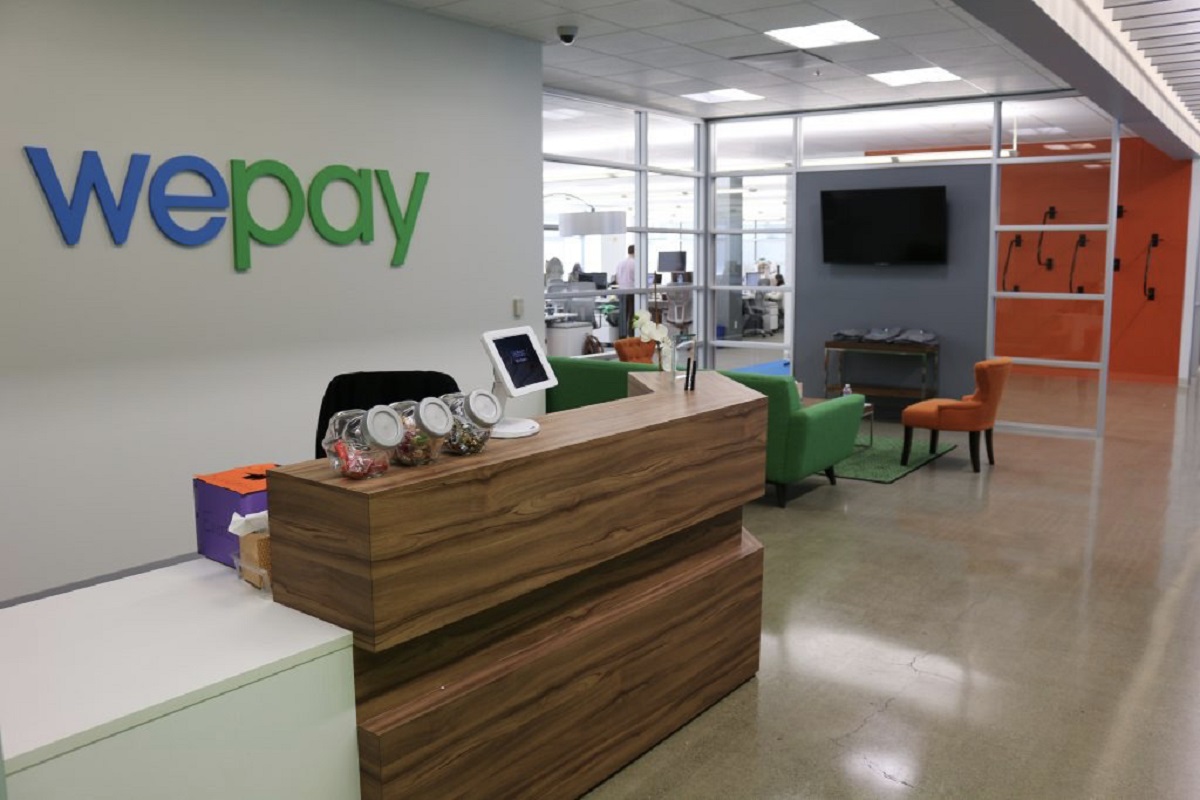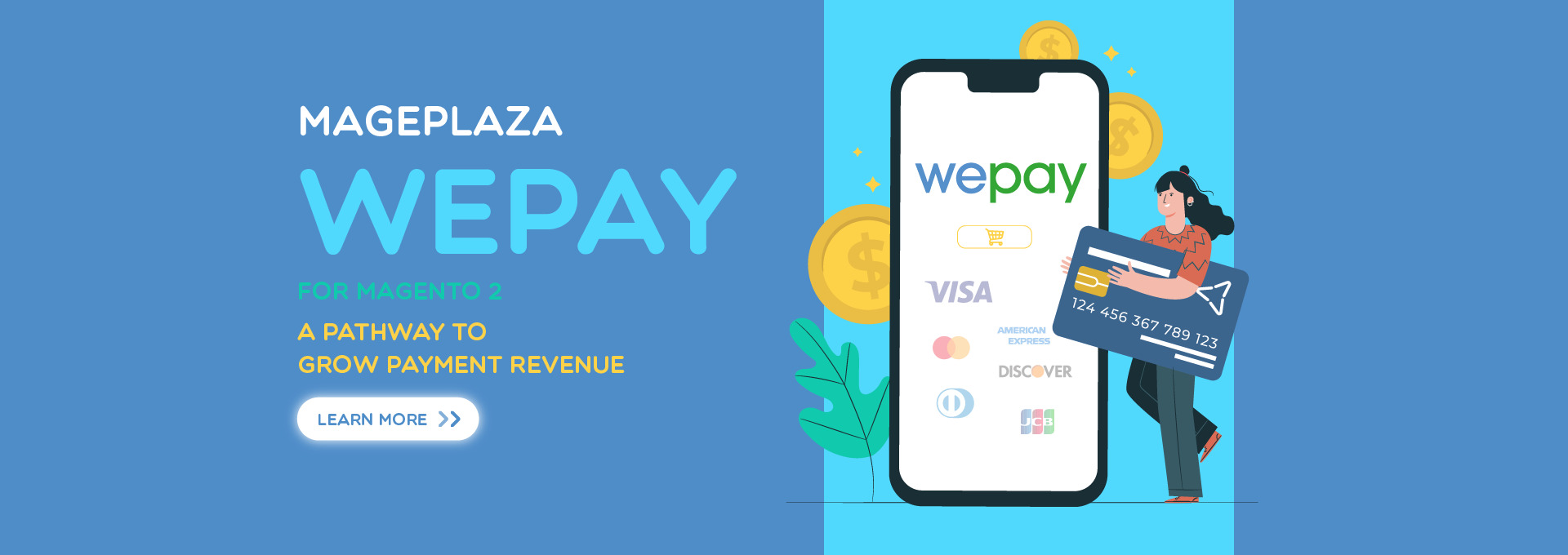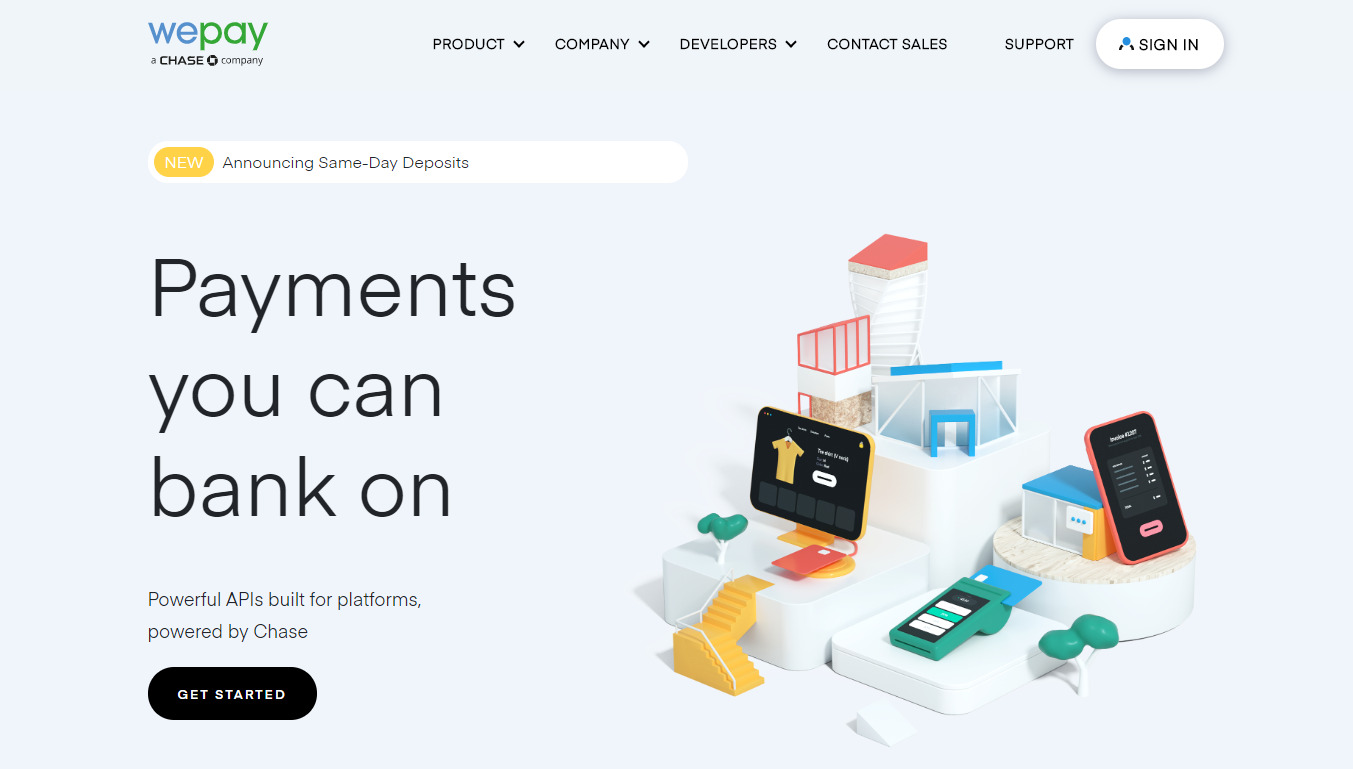If there is one thing that the 21st century did right is the development of online gateway payments and eWallets. One of them, WePay, helps businesses get paid quickly.
An innovator for peer-to-peer payment technology, WePay was established in 2008 in the city of Boston. Their rise coincided with the smartphone and social media boom. A year later, they launched their first API and started integrating into other platforms.
In 2011, they collaborated with GoFundMe to improve the user experience (UX). This improvement includes merchant authentication. The following year, WePay moved away from their old system and instead elected to conduct payments with third-party software.
WePay continuously improves by introducing their risk engine that will help identify and prevent fraudulent activities. They also released their first-ever Whitelabel in conjunction with Freshbooks, a cloud accounting software.
In 2017, WePay was acquired by JPMorgan Chase. In 2019, WePay launched new products, Link, Clear, and Core to solve more integrated payments. WePay also made payouts available to Chase bank accounts.
It is safe to say that WePay is one of the toughest competitors and best alternatives to PayPal right now. Read on to learn how you can harness the power of cashless transactions with WePay.
How to Create a WePay Account
Before you can set up your merchant account, you need to secure the following documents and verify them.
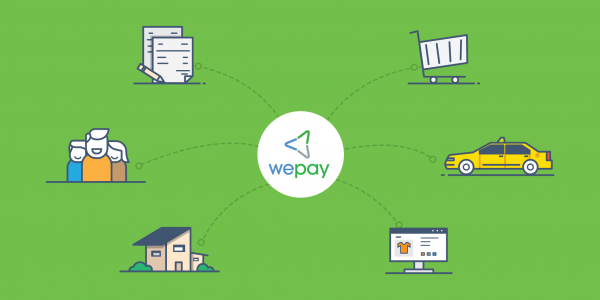

For USD Businesses and Organizations
- IRS 501(c)(3) determination letter
- Partnership Agreement (LLP, LP)
- Trust Agreement and Amendment
- Articles of Amendment/Restated (Designation/Merger)
- Business License (Sole Proprietorship)
If they are not available, you may choose to submit one of the following:
- Articles of Incorporation / Certificate of Incorporation
- Articles of Organization / Certificate of Organization
And one of the following:
- A utility bill bearing the name and address used to verify the account: Electric, gas, water, phone, cable, alarm, or HOA
- Statements bearing the name and address used to test the report: Bank, credit card, property tax bill, HUD, mortgage, or HOA
For Different Addresses:
- A utility bill bearing your name and address
- Statements with your correct address
- A rental or lease contract for verification
WePay will also require you to verify your identity. For that instance, you shall provide the following documents.
For Verification:
- An unexpired US passport with photo
- An unexpired US passport card with photo
- US Birth Certificate
- Social Security Card
- An unexpired US Permanent Resident Card with photo (also known as the Green Card or Resident Alien card)
Beneficial Owner Only:
- An unexpired Matricula Consular Card (non-US citizen)
- An unexpired foreign passport (non-US citizen)
In addition, you also need one of the following:
- A utility bill bearing the name and address used to verify your account: Electric, gas, water, phone, cable, alarm, or HOA
- Statements bearing the name and address used to verify your account: Bank, credit card, property tax bill, HUD, mortgage, or HOA
For CAD Businesses and Organizations:
- Articles of Incorporation / Articles of Association
- Corporate Profile Report
- Corporate Annual Government Filing
- Business License Certificate
- Joint Venture Agreement
- Corporate Amalgamation Document/Agreement
- Business License (Sole Proprietorship)
Other Requirements:
One of the following:
- Certificate of Status / Certificate of Good Standing / Certificate of Compliance / Certificate of Existence
- Partnership Agreement
And one of the following:
- A utility bill bearing the name and address used to verify your account: Electric, gas, water, phone, cable, alarm, or HOA
- Statements bearing the name and address used to verify your account: Bank, credit card, property tax bill, HUD, mortgage, or HOA
- A rental or lease contract for your organization bearing the name and address used to verify your account
It is the same as the USD requirements. If your business documents have a different address than the address you want to use, then you should also provide the following documents:
- A utility bill bearing the name and address used to verify your account: Electric, gas, water, phone, cable, alarm, or HOA
- Statements bearing the name and address used to verify your account: Bank, credit card, property tax bill, HUD, mortgage, or HOA
- A rental or lease contract for your organization bearing the name and address used to verify your account
For Canadian Individuals:
For CAD individuals, if added verification is needed, you will need to provide an unexpired Canada driver’s license with photo or one of the following:
- An unexpired Canada passport with photo
- Certificate of Canadian Citizenship (Paper document or card but not a commemorative issue)
- An unexpired Canada Permanent Resident Card with photo
- An unexpired Canadian Health Card
- Canada Birth Certificate
- An additional document or an unexpired card issued by a government agency of Canada bearing the individual’s photograph and signature
- Social Insurance Number Card
And one of the following:
- A utility bill bearing the name and address used to verify your account: Electric, gas, water, phone, cable, alarm, or HOA
- Statements bearing the name and address used to verify your account: Bank, credit card, property tax bill, HUD, mortgage, or HOA
For Different Addresses:
And if the address in your documents are different from the business address you are applying for, you need to provide the following documents:
- A utility bill bearing the name and address used to verify your account: Electric, gas, water, phone, cable, alarm, or HOA
- Statements bearing the name and address used to verify your account: Bank, credit card, property tax bill, HUD, mortgage, or HOA
- A rental or lease contract for your current residence bearing your name and the address used to verify your account
For UK-Based Businesses and Organizations:
Incorporated Entities:
- Articles of Incorporation (Mandatory for incorporated entities)
- Certificate of Incorporation
- Registered charity license from an appropriate government authority or the regulator registry for charities such as the Charity Commission for England and Wales (UK Charity)
Unincorporated Entities:
- Filed Audited Accounts
- Any document which establishes manages or regulates the structure
Other Requirements:
- Tax statement (valid for the current year)
- Utility bill bearing the name and address used to verify your account: Electric, gas, water, phone, cable, alarm, or HOA
- Statements bearing the name and address used to verify your account: Bank, credit card, or building society
- A rental or lease contract for your organization bearing the name and address used to verify your account
- Inland Revenue Tax Assessment or Notice of Coding for the current tax year
To verify individual identity, you need one of the following documents that are unexpired:
- UK driver’s license with photo
- UK passport with photo
- Official government-issued army, police or diplomatic forces ID
- National identity card
- Firearms certificate or shotgun license
- Identity Card issued by the Electoral Office for Northern Ireland
And one of the following:
- Tax statement (valid for the current year)
- Utility bill bearing the name and address used to verify your account: Electric, gas, water, phone, cable, alarm, or HOA
- Statements bearing the name and address used to verify your account: Bank, credit card, or building society
For Different Addresses:
As with US and Canada-based businesses, if the address you are applying for is different from the address in your official documents, you need to provide the following:
- A utility bill bearing the name and address used to verify your account: Electric, gas, water, phone, cable, alarm, or HOA
- Statements bearing the name and address used to verify your account: Bank, credit card, property tax bill, HUD, mortgage, or HOA
- A rental or lease contract for your current residence bearing your name and the address used to verify your account
Do not be confused with the “and” and “or” requirements. As stated, either of the documents will be accepted, depending on your country.
WePay will also require you to provide your Tax Identification Number (TIN).
To complete the application, you can visit https://go.wepay.com/getting-started/.
WePay Features
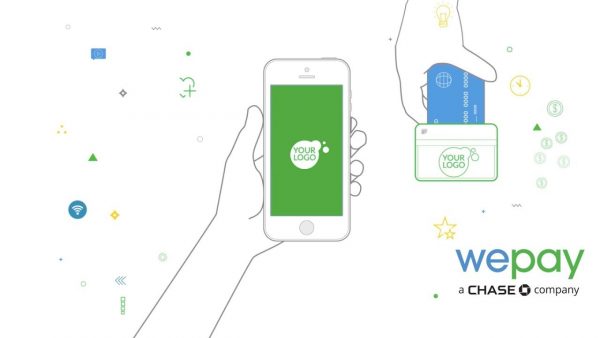

WePay’s Features Include the following:
- Integrated payments
- Apple & Android compatibility
- Direct bank transfers
- Account provisioning
- Mobile point-of-sale
- High-level PCI security
- Transaction-level reporting
- Funds settlement
- Tokenization
- Risk API
- Custom User Experience
- Instant onboarding
Why You Should Trust WePay
WePay is compatible with multiple platforms like mobile and desktop. Small and medium businesses can use WePay to offer payments, same with enterprises or larger companies.
They also have online and phone support in case you need any assistance.
To integrate your platform or software, WePay provides an open API complete with documentation. So your development team can set up WePay accordingly.
Advantages of Using WePay
The main advantages of WePay are its multiple features, options, and risk management.
WePay designed the payment gateway to get rid of complicated and risky payment solutions that businesses need. White-labeling is available for features like checkout, email communications, and sign-up. The buyer and seller can be customized based on your business model.
With WePay, there is no need for a tedious onboarding process as it is direct and does not involve third-party companies.
WePay provides its users with protection from fraud. Setting up your payment gateway will only take a couple of moments. If your merchant has other processors, WePay’s advanced risk tools make payments possible.
Users do not need to worry even about anything operations-related, as it is also handled by the software. The innovative risk management technology stops identity theft and fraud from happening every transaction.
The movement of money in the platform is transparent because of the transaction-level reporting data gathering. Regulations from a card network, government, and bank requirements are handled by WePay.
How to Pay Using WePay
If you are a customer buying from a merchant with WePay payment options and are familiar with how Paypal works, then WePay will be easy to understand.
If a merchant has WePay enabled, you will be able to log into your account and pay using the credit card you saved upon checking out.
For offline establishments, you can pay through WePay QR using your WePay app, and the platform will process the payment.
Why Use WePay
- WePay is a safe and secure way for customers and donors to send payments online and receive them.
- WePay accepts all major credit cards (Visa, Mastercard, American Express, and Discover).
- Credit card transactions happen seamlessly without redirecting to a separate site.
- For merchants, your customers and donors don’t need a WePay account to pay or donate; all they have to do is enter their credit card information.
- Each transaction generates a WePay confirmation email, and a receipt after the payment is complete.
- There’s a simple fee of 2.9% + $0.30 per transaction.
WePay could also be used to accept donations and pay for events.
WePay vs. Other Payment Solutions
PayPal
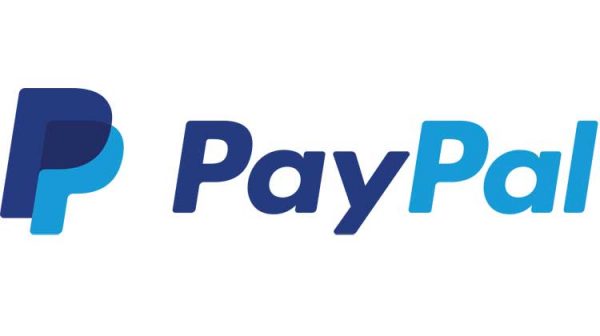

PayPal is already 22 years in the market, with over 200 million users worldwide. The main focus of the app is to enable money transfers across the globe in different currencies.
Depending on your needs, if you are a freelancer or an independent contractor, then PayPal is what you can use to receive payments.
The transaction fees of WePay are almost the same as PayPal. All your transactions are processed in real-time. You can receive and send money with no lengthy waiting time, except for offline withdrawals, as it depends on your local banks.
If you are a merchant with sales over $3,000, you can sign up for a merchant account and enjoy the merchant rates. The fees are 30 US cents + 2.9 percent of the item per transaction. For merchants outside the United States, the transaction fees are $0.30 + 4.4% per transaction.
For merchants with less than $10 average sales, they are excluded. But for merchants selling digital goods, fees are higher.
WePay might be good due to its multiple pricing schemes, but its fees are pricier compared to PayPal. Moreover, unlike PayPal, WePay does not direct its user to a third-party site.
Stripe
In terms of support, this alternative is similar to WePay. It is also compatible with crowdfunding platforms, ApplePay, and ACH. It also handles popular cryptocurrency options.
Stripe has an existing partnership with Alipay and WeChat, making them the only credit card payment gateway available to the Chinese market.
If you are a merchant with a global client base, then Stripe will be a better choice for you.
Stripe’s transaction fee is 30 US cents plus 2.9 percent of the item’s price, but it comes without monthly fees or minimums.
Braintree
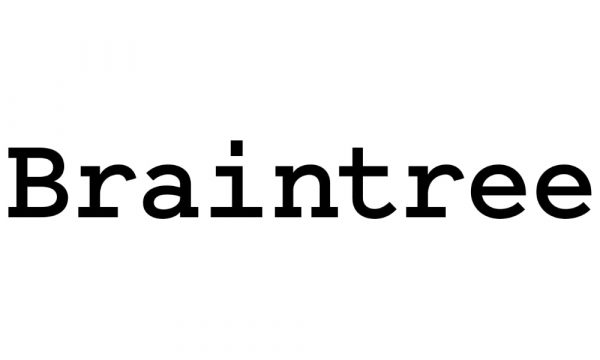

Since it is a subsidiary company of PayPal, they have a similar function. It only addressed PayPal’s shortcomings when it comes to Apple Pay, Android Pay integration, and bitcoin processing.
If you have no coding experience, then Braintree will be a no brainer for your platform. For a crowdfunding website, it is still best to use WePay.
Braintree’s transaction fees are 2.9% + $0.30 per transaction with no monthly fee or minimum sales requirement.
Square
Square is best for businesses that have offline counterparts or brick and mortar shops. Even if Square has online payment solutions, it is not as good as WePay in terms of usability.
The main difference is Square has physical credit card terminals that are perfect for businesses like coffee shops, restaurants, or an inventory-based business.
Square’s transaction fees are 2.75% per in-person swiped transaction, and 2.9% + $0.30 for online processing. They also do not have monthly fees and minimum sales.
Go Cashless With WePay
To summarize, with numerous features and benefits for merchants and buyers, WePay is built having online payments in mind. If you have a physical store, you may want to consider other platforms that cater to both online and offline transactions.
When deciding for the right payment gateway solution, you can consider the following before you proceed having one.
Things to Consider:
- Map out your payment flow. How do you want to receive payments?
- Check the security of each platform. Make sure you and your customers will feel safe using the payment gateway.
- Consider fees and other agreements. Compute for any upfront and recurring charges that you need to pay.
- Check for simplified checkouts. Customers prefer buying online because of convenience. Make sure that the payment solution you will choose will make the buying experience as smooth as possible.
- Universal payments. Make sure that the payment gateway can accept major credit cards, debit cards, and other currencies.
- Easy integration. You are enabling a payment solution to give the best experience to your customer. Still, this process should also be easy on your end.
- Customer support. There are payment gateways that suck in customer support. Find a solution that you can contact if you need assistance in using the platform.
- Multi-device. Customers use their phones more than their desktop. Consider mobile-friendly integrations with the payment solution you choose.
- Easy billing. Yes, they have transaction fees, and others will have monthly recurring payments. Make sure that it can easily be set up so you can forget about it. The next thing you do not want to happen is not being able to use the service because you failed to pay for it.
- Merchant account. You do not want to go blind with all your transactions, so look also for a provider that can give you access to all your sales.
Selecting a payment solution is a stringent process. The right product will come to you once you understand your customer and business needs.
For more information about Fintech topics, check out our page that talks about the most popular Fintech trends right now.









